Morbi bridge collapse: 8 famous suspension, cable-stayed and steel bridges in India - In Pics
The tragic Morbi bridge collapse incident in which over 130 people lost their lives has brought the spotlight back on some popular hanging and suspension bridges across the country. However, questions are now being raised over the safety and longevity of these bridges, which are also considered as engineering marvels of our times. Take a look at some of those popular hanging and suspension bridges in India here.
)
Howrah Bridge: The Howrah Bridge is located between the twin cities of Howrah and Kolkata in West Bengal. The Howrah Bridge is a suspension-type balanced cantilever bridge. It has a central span of 1500ft between the main towers. The anchor and cantilever arms are 325ft and 468ft long, respectively.
The 705m-long and 30m-wide bridge was built in 1943 over the Hooghly River. It was renamed Rabindra Setu in June 1965 after the first Indian Nobel laureate Rabindranath Tagore. The bridge is commonly called Howrah Bridge. The Howrah Bridge was commissioned in February 1943 at an estimated Rs25m and now carries a daily traffic of around 100,000 vehicles and over 150,000 pedestrians. It is the sixth-longest cantilever bridge in the world.
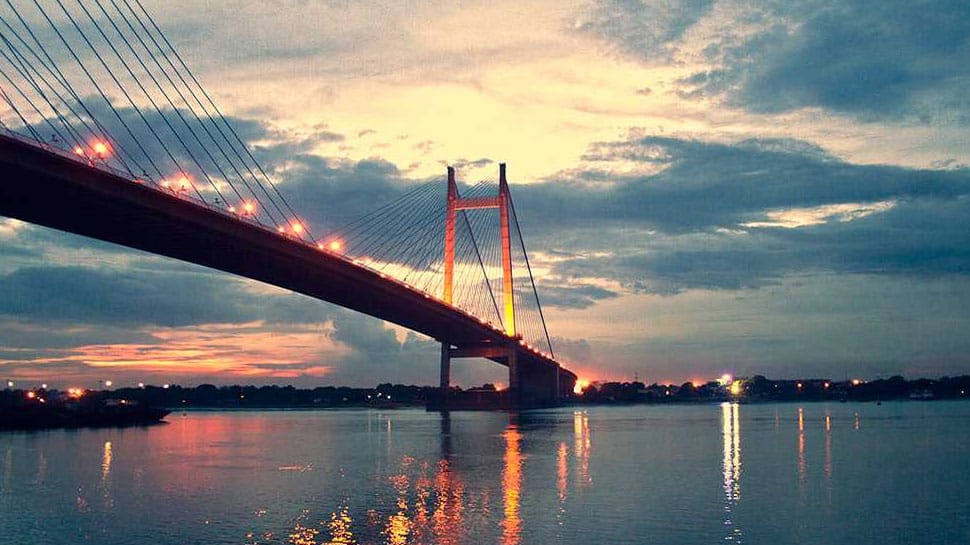
Vidyasagar Setu: Vidyasagar Setu is the longest cable-stayed bridge in India and one of the longest in Asia with a total length of 823 metres (2,700 ft). It was the second bridge builds across the Hooghly River; the first, the Howrah Bridge (also known as Rabindra Setu) 3.7 kilometres (2.3 mi) to the north, was completed in 1943. This bridge has been named after the 19th-century Bengali educationist reformer Pandit Ishwar Chandra Vidyasagar.
The foundation stone for the bridge was laid by Indira Gandhi on 20 May 1972. The bridge took more than 22 years to complete and cost Indian Rupees 3.88 billion. Work on the cable-stayed bridge started with the construction of the well curb on the Calcutta bank end on 3 July 1979, and when commissioned on October 10, 1992, it became the longest-span bridge of this type in the world. At that time it was the first cable-stayed bridge in India, the largest in Asia and the third largest in the world.
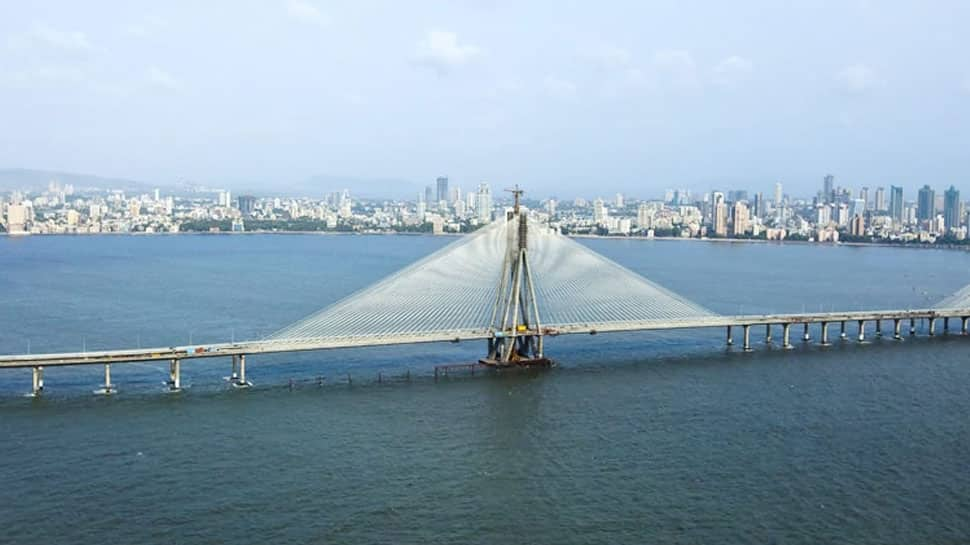
The Bandra Worli Sea Link: The Bandra Worli Sea Link of Mumbai, which was officially named ‘Rajiv Gandhi Sea Link’, is 5.6 kilometres long, 8-lane architectural, engineering, and infrastructural marvel of India. It is the first cable-stay bridge built on open seas in India.
The Bandra Worli Sea Link has become one of the prominent landmarks of Mumbai and is one of the main tourist attractions of Mumbai. It is one of the most frequented bridges in Mumbai. This bridge connects the suburbs of Mumbai to South Mumbai. The undertaking of this bridge was conducted by the Maharashtra Government. The sea link looks marvelous by the day and is an example of sheer beauty by the night as it glimmers with sparkling lights. The Bandra Worli Sea Link was built by Hindustan Construction Company (HCC).
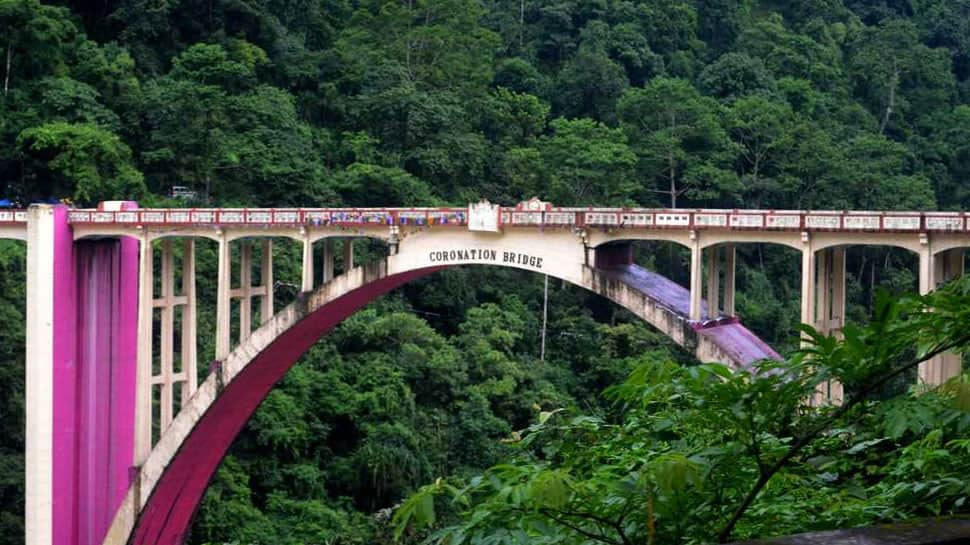
Coronation Bridge: The Coronation Bridge, also known as the Sevoke Roadway Bridge, in West Bengal, spans across the Teesta River, connecting the districts of Darjeeling. This bridge is the link to Sikkim and North East. Built on the Teesta by the British, it is an engineering marvel.
The Coronation Bridge was constructed to celebrate the coronation of King George VI as well as Queen Elizabeth. It was started in 1937 and reached completion in 1941. John Anderson, who was the Governor of Bengal at that time, laid the foundation stone of the Coronation Bridge. The design, planning and drawing for the bridge were carried out by John Chambers, who was the last pre-independence British executive engineer with the Darjeeling Division of Public Works Department (PWD) while the contractor was Bombay-based, Messrs JC Gammon.
The Coronation Bridge is named National Highway 31 and is also considered to be the lifeline between Kalimpong, Nathula and Gangtok, because of the accessibility it provides. The architecture and engineering of the bridge are one of the very few remaining in India. It is also known as "Bagh Pul" Or "Tiger Bridge" because of the two lion statues at one of the entrances.
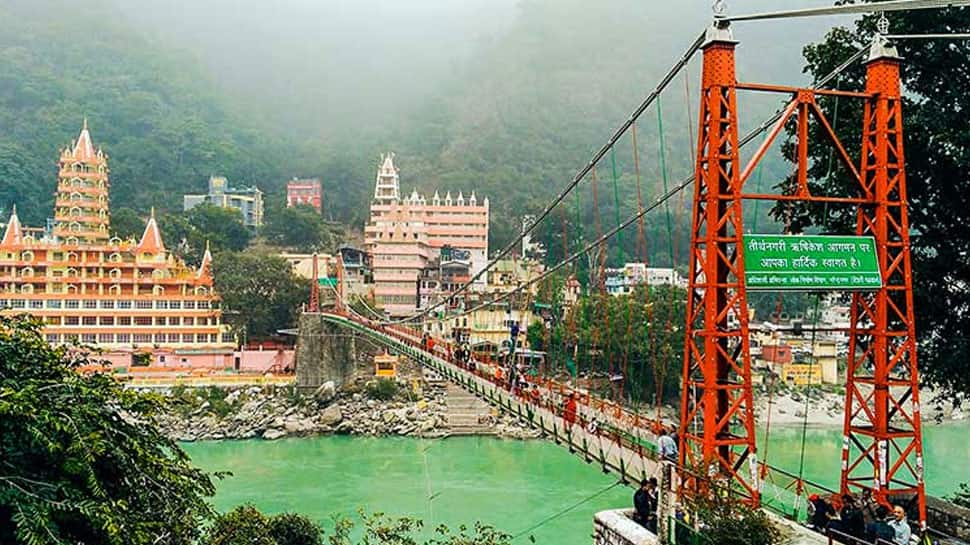
Lakshman Jhula: It is an iron suspension bridge over the holy river Ganga at Rishikesh. A famous landmark place in Rishikesh, Lakshman Jhula is 450 feet long connecting the Pauri district with the Tehri district. Lakshman Jhula also offers a panoramic view of the river Ganga and Rishikesh city which has a number of temples.
Lakshman Jhula connects the two villages namely Tapovan in Tehri Garhwal district on the west bank of the river to Jonk in Pauri Garhwal district on the east bank. It is a famous footbridge in Rishikesh. This gigantic bridge is 5 km northeast of Rishikesh, Uttarakhand. In spite of its location, the Lakshman bridge is well-known as an iconic landmark of Rishikesh. This is a pedestrian footbridge but motorbikes also use it to cross the river.
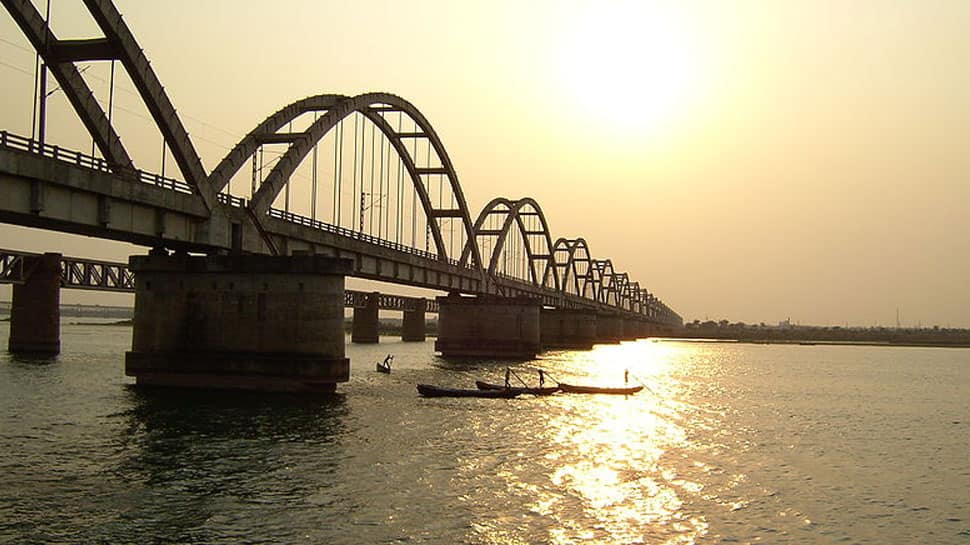
Godavari Arch Bridge: The Godavari Arch Bridge is a bowstring-girder bridge that spans the Godavari River in Rajahmundry, India. It is the latest of the three bridges that span the Godavari river at Rajahmundry. The Havelock Bridge, being the earliest was built in 1897, and after serving in its full utility, was decommissioned in 1997. The second bridge known as the Godavari Bridge is a truss bridge and is India's third longest road-cum-rail bridge crossing a water body.
The Godavari Arch Bridge is one of the longest-span prestressed concrete arch bridges in Asia. The Indian Railways who built this bridge have stated that "It is perhaps for the first time anywhere in the world that a bowstring arch girder using concrete has been constructed for such a long span of 97.55 metres (320.0 ft), and that too for the Railway loading.
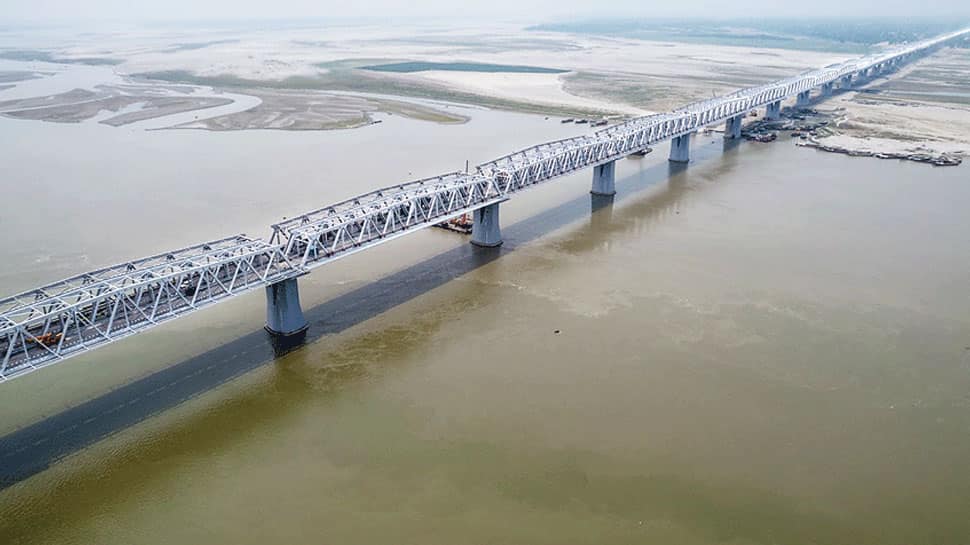
Mahatama Gandhi Setu: It is the longest steel bridge in India, which became operational on June 7, 2022. Built over the river Ganges in Bihar connecting Patna in the south to Hajipur in the North. It is one of the longest river bridges in India. It is also known as "Ganga Setu", connecting National Highways 22 and 31.
The bridge has been reconstructed by the Ministry of Road Transport and Highways (MoRTH) at Rs 1,742 crore under the Prime Minister’s package to Bihar. The bridge was originally inaugurated in 1982 by then-PM Indira Gandhi. The 5.57-km long bridge was in a dilapidated condition in absence of proper maintenance before the Modi government in 2016 approved the reconstruction of the four-lane bridge at an estimated cost of Rs 1,742 crore.
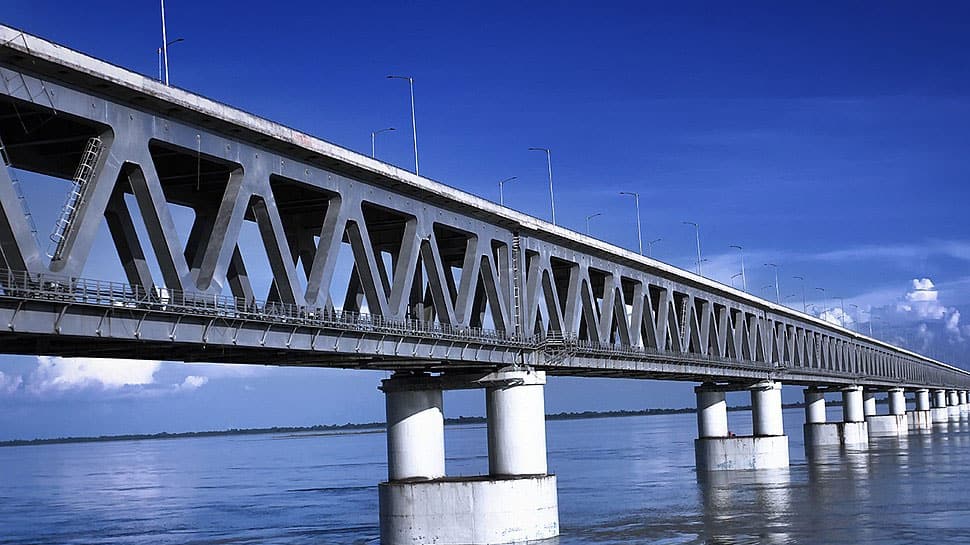
Bogibeel Bridge: The Bogibeel Bridge is the longest rail-cum-road bridge in India on the Brahmaputra River in Assam. Owing to its location, the bridge is of strategic importance to India as it significantly eases India's ability to transport troops and supplies to the border with Tibet in Arunachal Pradesh. The 4.9 km-long bridge on the Brahmaputra river boasts of being Asia’s second longest rail-cum-road bridge.
The Bogibeel bridge has been constructed at an estimated cost of Rs 5,900 crore. It has a ‘serviceable period of around 120 years.' The bridge is seen as an attempt by India to shore up its defence requirements along the Sino-Indian border, particularly in the Northeast, besides providing easy access to the people of Arunachal Pradesh and Assam with air and rail connectivity.

